Cumin & Gluten: The Spicy Truth Behind This Flavorful Powder!
Table of Contents
- Introduction to Cumin and Gluten
- What Exactly Is Gluten Anyway?
- Is Cumin Naturally Gluten-Free?
- The Hidden Dangers: Cross-Contamination in Spice Processing
- How to Test for Gluten in Spices (Including DIY Tips)
- Buying Guide: How to Choose Truly Gluten-Free Cumin
- Spice Up Your Kitchen: Gluten-Free Recipes Using Cumin
- Conclusion: Safe Seasoning Starts with Knowledge
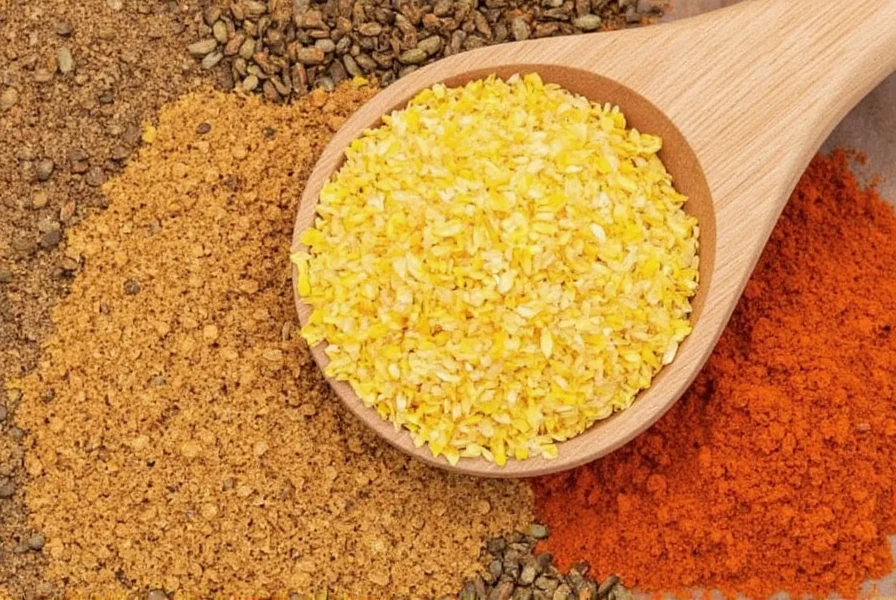
Introduction to Cumin and Gluten
Hey spice lovers! 🌿 Whether you're a kitchen warrior who whips up taco nights every week or someone exploring new global flavors, you've probably encountered the warm, earthy kick that is cumin. But here's the question many gluten-sensitive foodies are asking these days: Is cumin gluten free?
You might be surprised how tricky this seemingly simple question can be. In this article, we’ll uncover the truth behind cumin and gluten, explore hidden risks, and give you practical tips on how to choose the safest cumin for your kitchen — whether you're living gluten-free by choice or necessity.
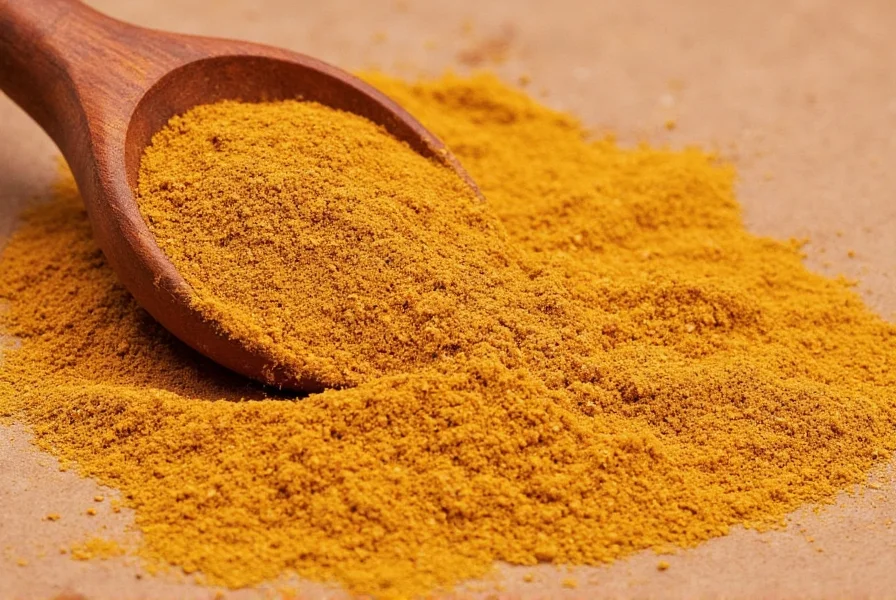
What Exactly Is Gluten Anyway?
Before diving into cumin itself, let’s get clear on what gluten actually is. Gluten isn’t a flavor-enhancing ingredient; it’s a family of proteins found in certain grains like wheat, barley, and rye. For people with celiac disease, gluten sensitivity, or those following a gluten-free lifestyle, consuming even small amounts can trigger serious health issues.
Now, here’s where confusion starts. Many assume that because a food looks natural or comes from a plant, it must automatically be gluten-free. That’s not always the case — especially when it comes to spices and seasonings.
Common Sources of Gluten in Everyday Foods
| Food Type | Potential Gluten Source |
|---|---|
| Bread & Pastries | Wheat flour |
| Soy Sauce | Wheat-based additives |
| Seasoned Chips | Maltodextrin, modified starch |
| Processed Meats | Fillers with wheat |
Is Cumin Naturally Gluten-Free?
The short answer: Yes, cumin is naturally gluten-free. ✅
Cumin comes from the dried seeds of the Cuminum cyminum plant — which belongs to the parsley family. It doesn't grow in a field of wheat or anywhere near any gluten-containing grains. So by its very nature, pure cumin doesn’t contain gluten.
However, the real danger lies not in the spice itself, but in how it's processed, stored, and packaged. Let’s break it down further.

Raw vs Processed Cumin: A Key Difference
Raw cumin seeds are harvested, dried, and then either sold whole or ground into powder. During grinding and packaging, there's a chance of cross-contamination if the machinery has been used for gluten-containing products before. Some brands also add anti-caking agents, fillers, or other ingredients — and that’s where gluten could sneak in.
The Hidden Dangers: Cross-Contamination in Spice Processing
Here’s a reality check: Most spices aren’t grown in isolation. They’re often processed in large facilities that handle multiple types of ingredients — including gluten-heavy ones like wheat, oats, or rye. If those same machines are used without thorough cleaning, tiny traces of gluten can end up in your otherwise-safe cumin.
That’s why food safety experts emphasize the importance of certified gluten-free labeling. Just because something “should” be gluten-free doesn’t mean it definitely is — especially after months in supply chains, bulk bins, or shared storage containers.
Did You Know?
- Some cheap spice blends may use wheat as a filler.
- Generic store-brand spices have higher contamination risk.
- Certified gluten-free spices cost a bit more but offer peace of mind.
How to Test for Gluten in Spices (Including DIY Tips)
If you’re skeptical about the purity of your favorite cumin powder, here are a few ways to test at home:
- Read Labels Carefully: Look for phrases like 'No gluten,' 'Gluten-free certified,' or 'Processed in a gluten-free facility.'
- Call the Manufacturer: If in doubt, reach out. Companies usually provide detailed allergen info upon request.
- Home Testing Kits: Available online, they detect gluten levels down to 5–20 ppm. Not perfect, but helpful for peace of mind.
- Allergy Apps: Use apps like Yuka or ShopWell to scan barcodes and check for potential gluten content.
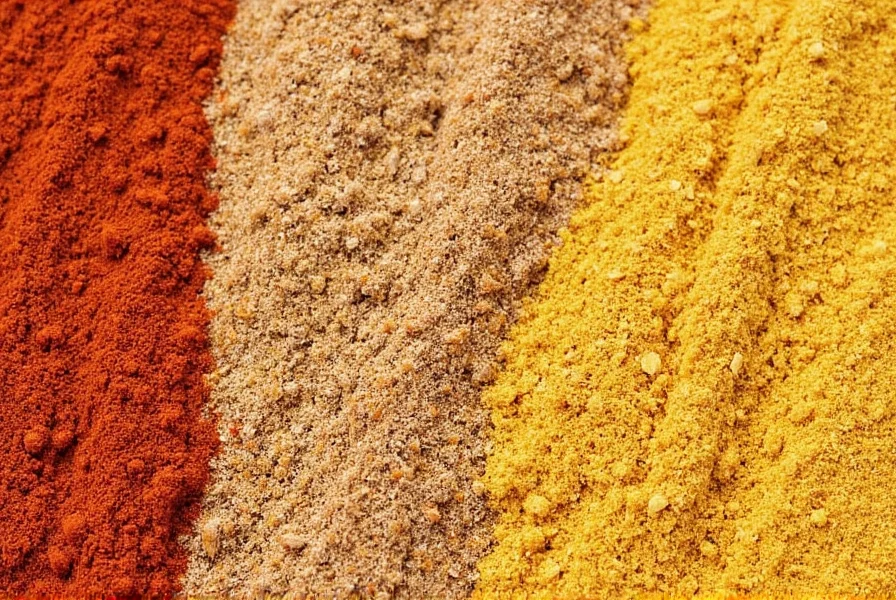
Comparison Table: Label Claims vs Actual Safety
| Label Claim | Meaning | Actual Risk Level |
|---|---|---|
| Natural Ingredients | No synthetic chemicals added | Moderate |
| May Contain Wheat | Possible cross-contact warning | High |
| Gluten-Free Certified | Meets FDA standard (≤20ppm) | Low |
| Non-GMO Project Verified | Not genetically modified | Neutral |
Buying Guide: How to Choose Truly Gluten-Free Cumin
Shopping for gluten-free cumin doesn’t have to be confusing. Here’s your go-to checklist when browsing spice shelves or ordering online:
Top Features to Look For
- Certified Gluten-Free Seal: Third-party tested for purity.
- Packaged Separately: Indicates no shared equipment with gluten products.
- Pure Ingredients List: No additives, preservatives, or unknown fillers.
- Country of Origin: Sometimes, regional processing standards matter (look for U.S., Canada, or EU certifications).
Recommended Brands
| Brand | Features | Best For |
|---|---|---|
| Mrs. Dash | Gluten-free certified, no added salt | Dashers & low-sodium diets |
| Frontier Co-op | Organic, non-GMO, kosher | Wholefood purists |
| Simply Organic | USDA organic, fair trade | Eco-conscious cooks |
| Spice Islands | Affordable, consistent quality | Everyday cooking |
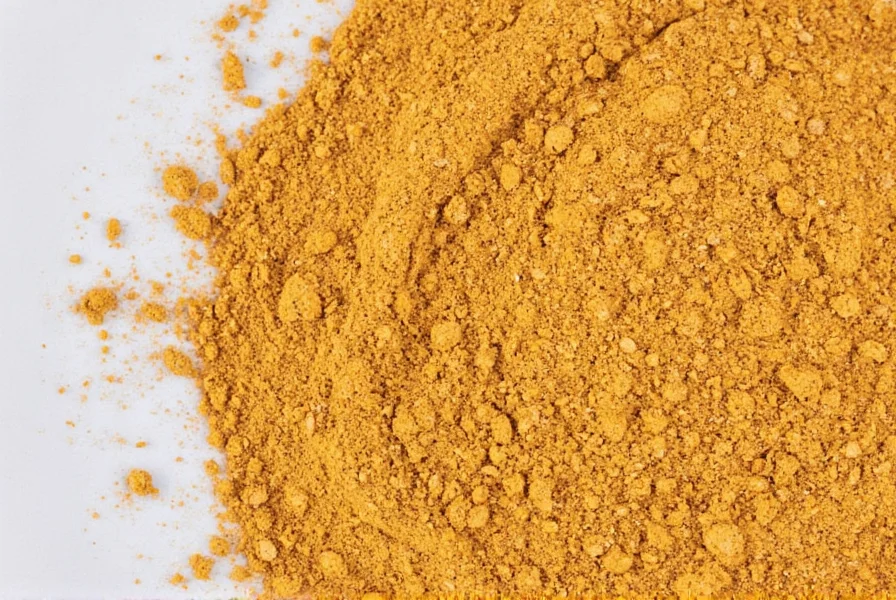
When to Avoid:
- Spice blends labeled 'Taco Seasoning' or 'Chili Mix' unless explicitly marked gluten-free.
- Bulk bin purchases without clear certification.
- Older bottles without clear expiration dates — spices can degrade over time, risking mold or impurities.
Spice Up Your Kitchen: Gluten-Free Recipes Using Cumin
Now that you know how to pick the right cumin, let’s talk about using it in recipes that keep your meal both flavorful and gluten-free!
Simple Cumin-Centric Recipes
- Roasted Chickpeas with Cumin & Paprika: Toss chickpeas with olive oil, cumin, paprika, and roast until crispy. Perfect snack or salad topper!
- Gluten-Free Taco Tuesday: Use certified GF tortillas + homemade beef seasoned with garlic, chili powder, and lots of cumin.
- Cumin Rice Pilaf: Sauté onions in coconut oil, stir in rice, add broth, cumin, and simmer. Serve with grilled chicken or veggies.
- Grilled Veggie Kebabs: Marinate zucchini, bell peppers, mushrooms in olive oil, lime juice, and a spoonful of cumin. Grill and serve!
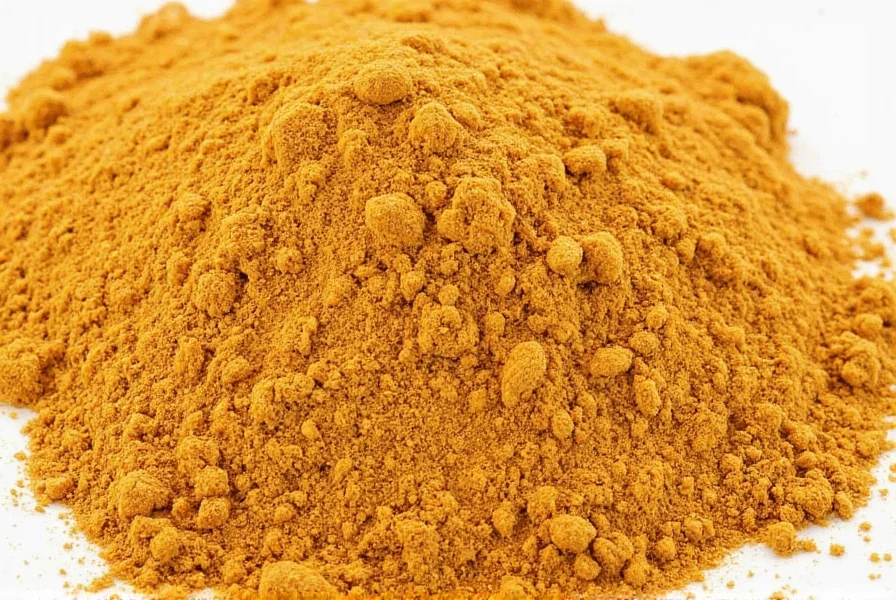
Conclusion: Safe Seasoning Starts with Knowledge
Cumin is naturally gluten-free, but the journey from farm to pantry introduces variables that can make it unsafe for those avoiding gluten. Always read labels, look for certifications, and be wary of old habits like buying bulk spices from unverified sources.
By arming yourself with knowledge and choosing reputable brands, you can enjoy all the rich, smoky flavor cumin brings — without worrying about hidden gluten lurking in your spices.
So next time you reach for that bottle of ground cumin, do so with confidence. Your spice rack just got a little safer — and a lot tastier!
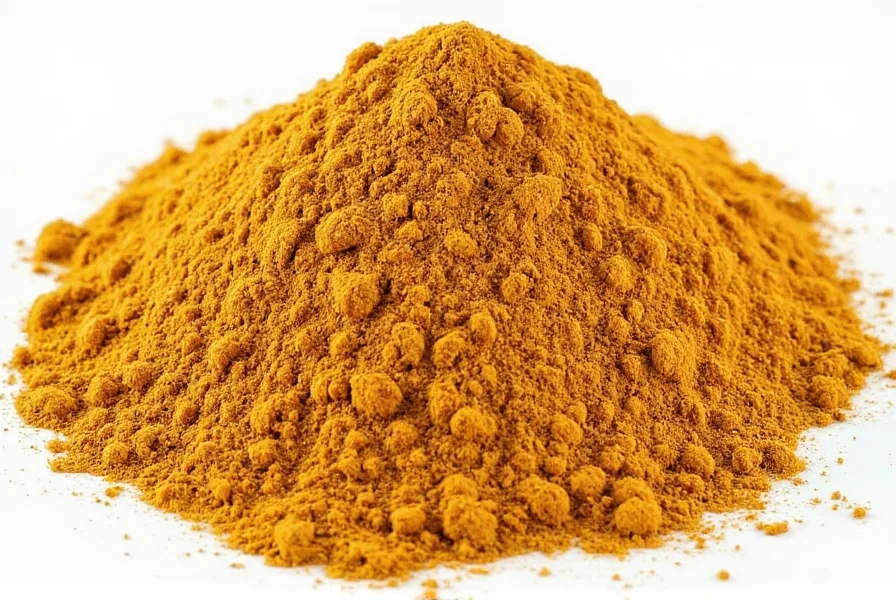

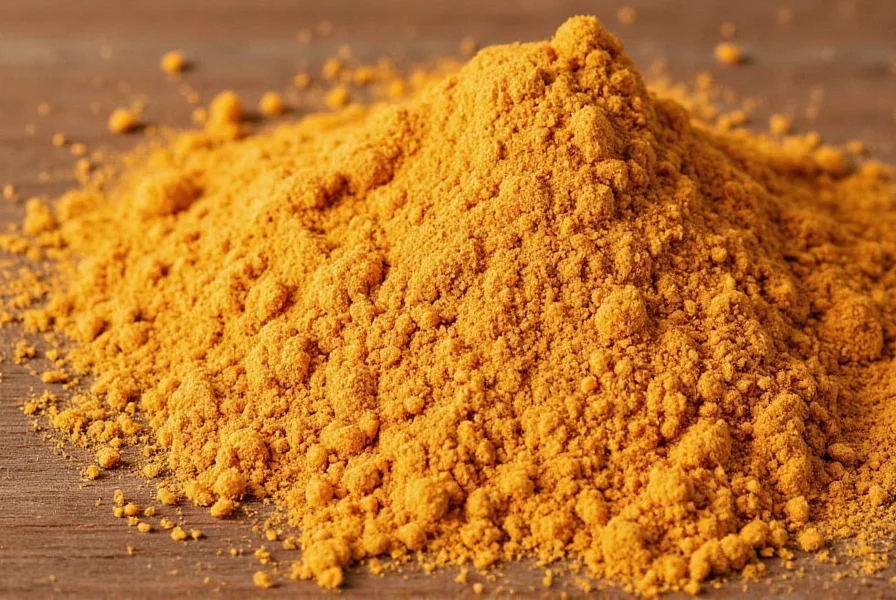









 浙公网安备
33010002000092号
浙公网安备
33010002000092号 浙B2-20120091-4
浙B2-20120091-4